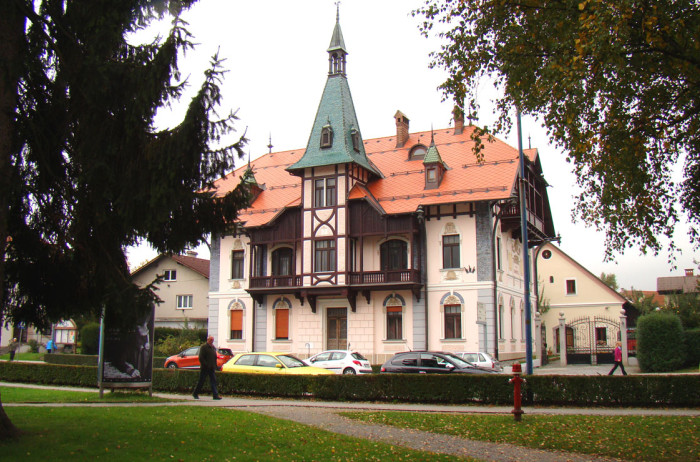Slovenia – the cradle of civilisation?
If you consider the invention of the wheel and the development of music to be among the most important foundations of a civilised society, it’s true! The first wooden wheel and the first musical instrument were both discovered here - so Slovenia really does have a strong claim.
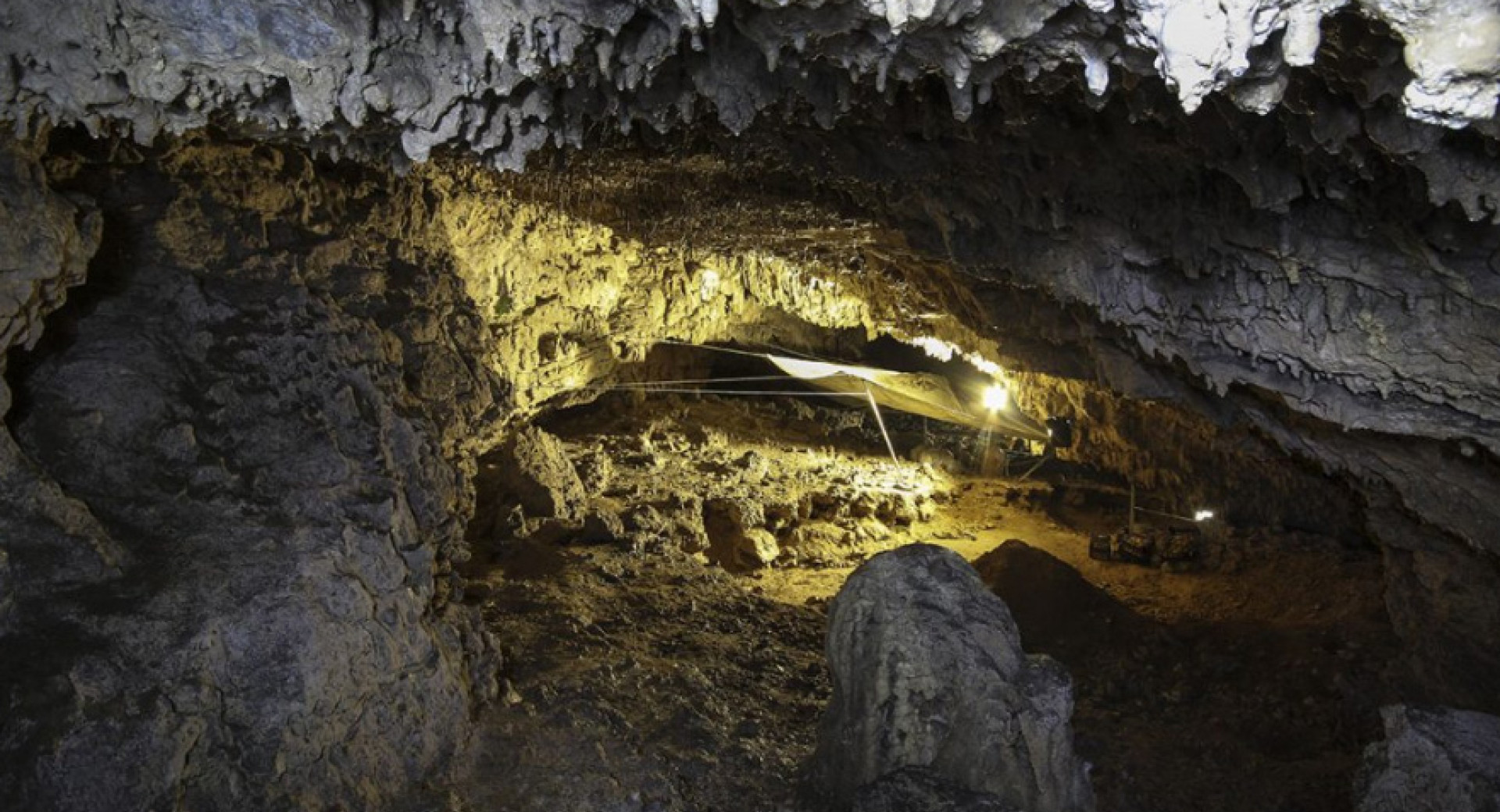
The first thing that anyone told me about the Slovenians was that they were considered the Swiss or Swabians of the former Yugoslavian Republic – inventive and hardworking, but also full of fun, with a love of partying and music deep in their DNA. I found out just how deep when I discovered that the oldest musical instrument in the world had been found here around Ljubljana.
Come with me and see for yourself….
The 5,200-year-old wheel
City Museum of Ljubljana should be a mecca for petrolheads, for here you can see the origin of all those hot wheels - the oldest wooden wheel with an axle in the world!
The wheel was discovered in Ljubljana Marshes in 2002, together with its 1.20 meter- long wheel axle.
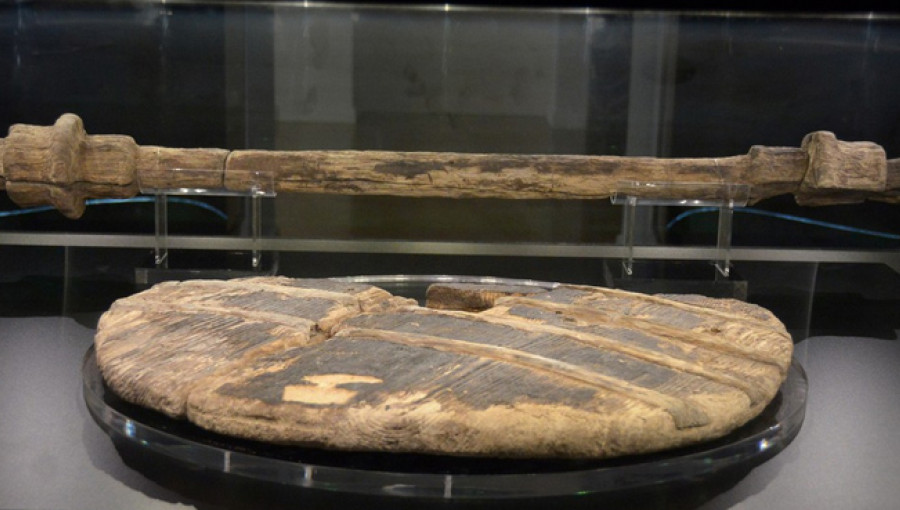
Originally part of an ancient oxcart, it’s cleverly fashioned from ash and oak, is 70cm in diameter and 5cm thick, and has a square-cut hub.
Take a close look – you’ll be really impressed by its precise and ingenious structure. You’re looking back across the centuries at a true icon of man’s cultural heritage.
A day-trip back to 4500 B.C
While you’re in the City Museum, be sure to seek out some of the other amazing discoveries that have been made in the Ljubljana Marshes: you’ll find another rich source in the National Museum, too.
Or if you have time, why not take a trip to this prehistoric treasure-trove for yourself? Now on the prestigious UNESCO World Natural and Cultural Heritage List, the Ljubljana Marshes Landscape Park is a really original and interesting day trip. As well as around 100 species of birds, myriads of beautiful butterflies and rare and beautiful flora, you can see the location of an ancient and unique way of life.
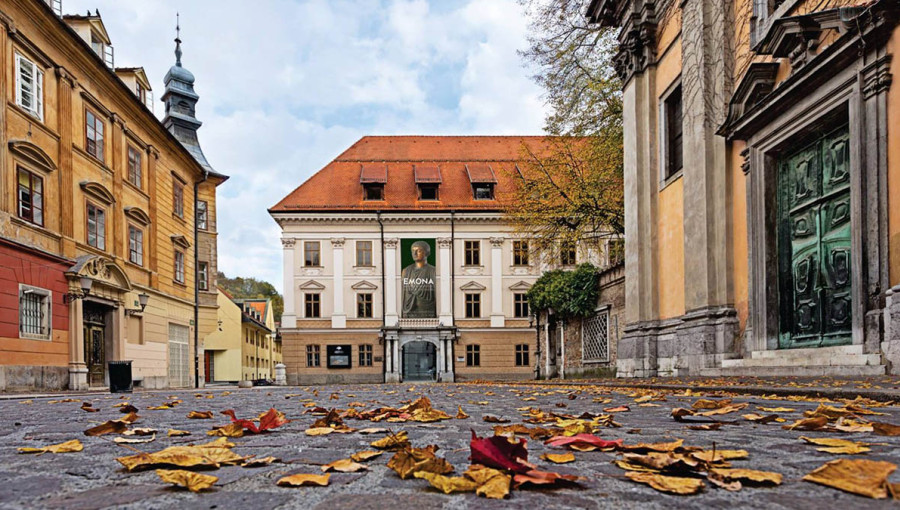
The site was home to a flourishing pile-dweller culture that began about 4,500 B.C and continued for 2,500 years. The people lived in dwellings that stood on piles driven into the bottom of the lake. They cultivated the land around them, farmed animals, foraged for edible plants, and hunted for the wild game: their wooden, metal-framed traps are occasionally found buried deep in the peat.
That’s entertainment: the 60,000-year-old flute
There is a cave in the steep hillside of Sebrelje Plateau, situated in the Divje Babe Archaeological Park just 60km from Ljubljana, that is considered to be one of the most important Stone Age sites in the world. In it were found the bones of more than 60 different animal species – most significantly those of a cave bear – plus tools made of stone and bone and remains of fire pits used by the Ice Age people.
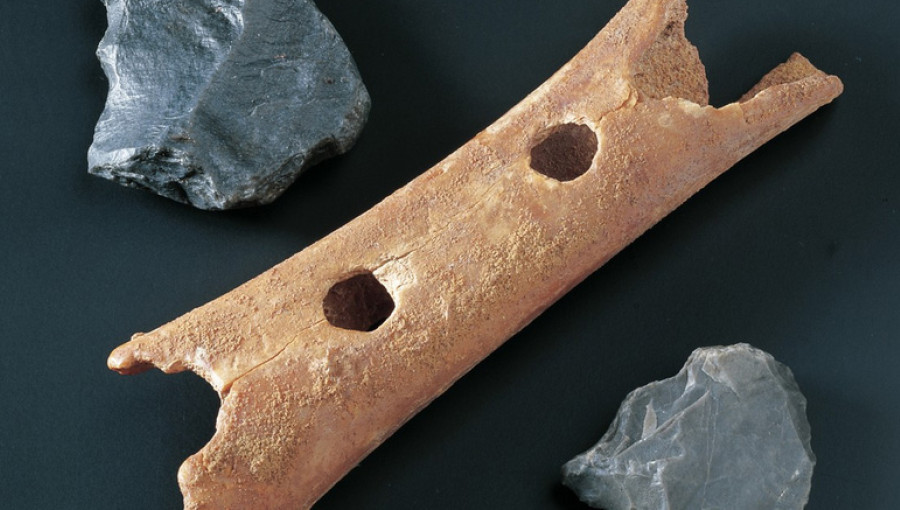
During the excavation, archaeologists discovered a ‘bone’ that to their amazement proved to be a musical instrument.
Some 60,000 years ago, a Neanderthal craftsman used his tools to carve four holes and a mouthpiece into the left thigh-bone of a young cave bear, creating a flute that is capable of producing beautiful, complex music. Contrary to the outmoded theories about Neanderthal’s low intelligence, this flute helps prove that the Slovenian Neanderthals were developed, spiritual creatures, capable of refined artistic creation.
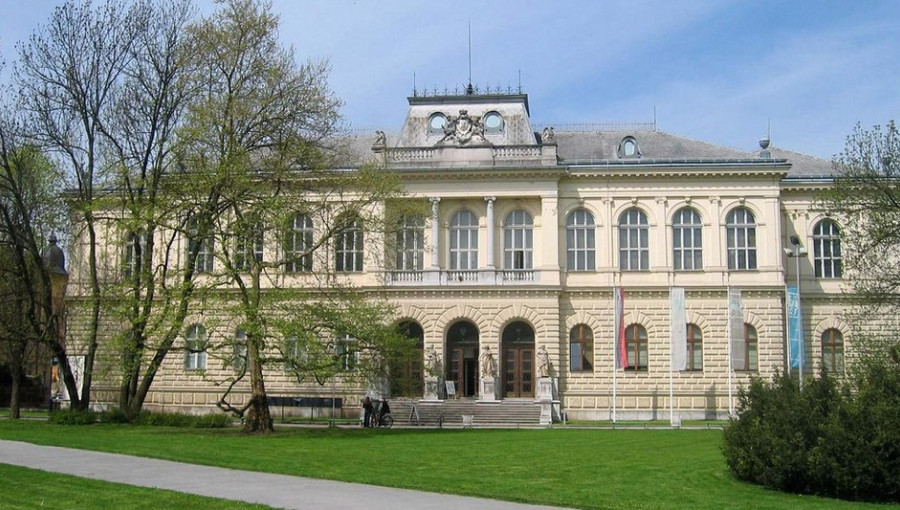
The Neanderthal flute can be seen in the National Museum in Ljubljana, and you can hear it play right now. Here’s an excerpt from a CD produced by Ljuben Dimkaroski, a famous Slovene musician: to listen to the unique 60,000-year old sound, click here.
If you consider the invention of the wheel and the development of music to be among the most important foundations of a civilised society, it’s true! So Slovenia really does have a strong claim.


